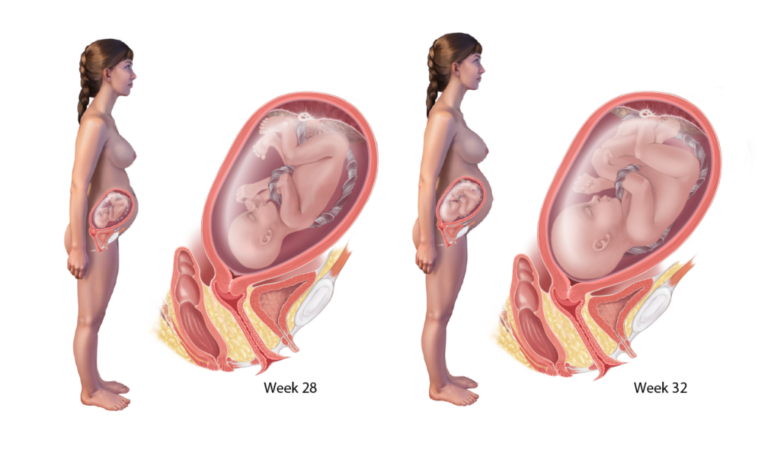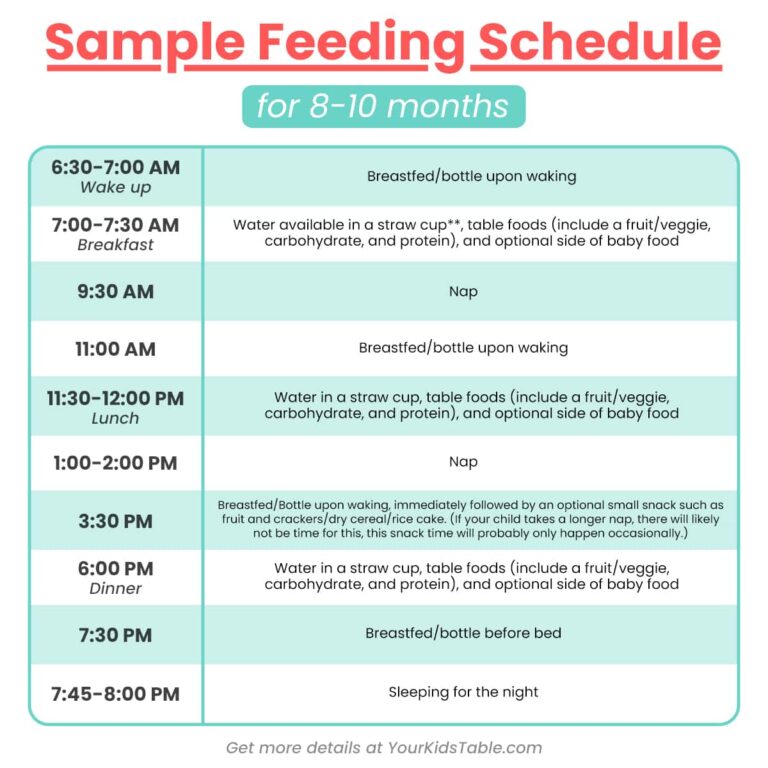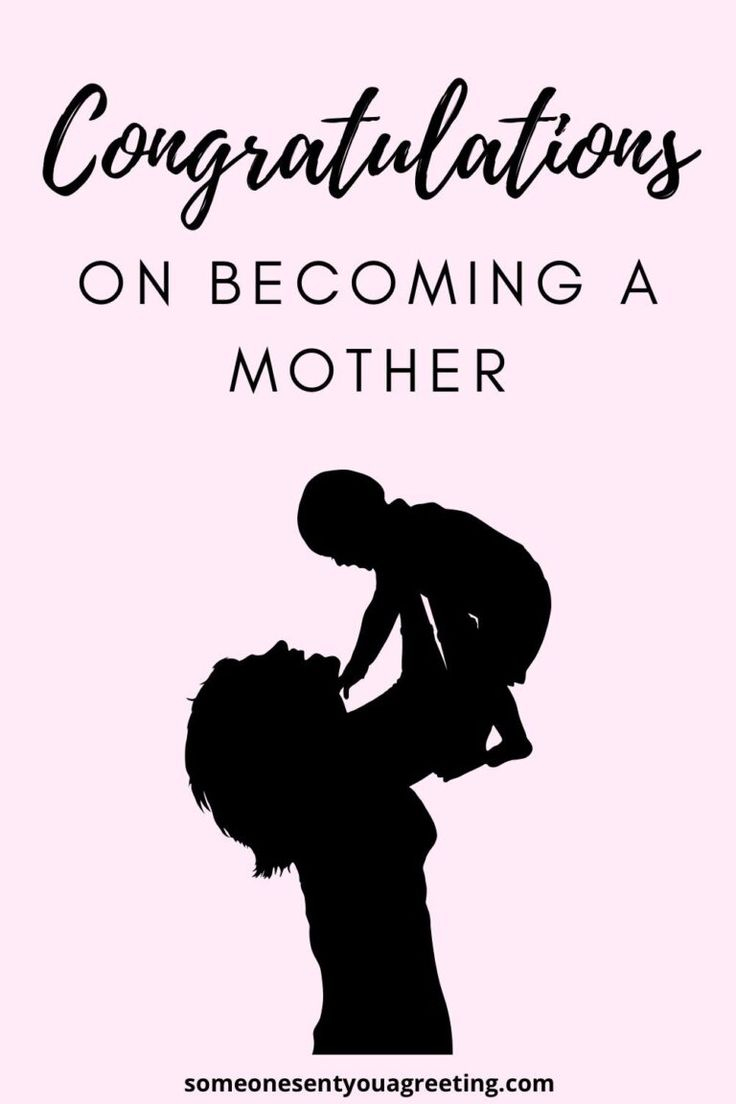When Does Baby Eye Color Come In: Unveiling the Mystery
Have you ever wondered when your baby’s eye color will finally settle in? The anticipation of what shade those precious eyes will be is a common curiosity among parents. In this article, we will delve into the fascinating world of baby eye color development, exploring the factors that influence it and when you can expect to see the final result.
Knowledge
When a baby is born, their eyes may initially appear dark blue or gray. This is because melanin, the pigment responsible for eye color, has not yet fully developed in their irises. Over time, as the baby grows, melanin production increases, leading to a gradual change in eye color.
Genetics play a significant role in determining a baby’s eye color. The color of a baby’s eyes is inherited from their parents’ genetic makeup. The most common eye colors are brown, blue, green, and hazel, with various shades in between. Depending on the combination of genes inherited from both parents, a baby may end up with a completely different eye color than either parent.
Most babies’ eye color will undergo changes in the first six to nine months of life. By this time, the melanin levels in their irises have stabilized, and their permanent eye color is usually established. However, some babies’ eye colors may continue to evolve throughout childhood, with subtle shifts in hue occurring up to three years of age.
Several factors can influence the final color of a baby’s eyes. The amount of melanin present in the iris is a primary determinant, with higher levels resulting in darker eye colors. Additionally, the way light interacts with the iris can create optical illusions, making eye colors appear different shades depending on lighting conditions.
Other factors, such as the concentration of melanin granules and the presence of structural anomalies in the iris, can also affect eye color. Interestingly, some babies are born with blue eyes that later change to brown or vice versa, reflecting the complex interplay of genetics and environmental factors in eye color development.
Conclusion
In conclusion, the question of when a baby’s eye color comes in is a multifaceted one with no definitive answer. While most babies’ eye colors will stabilize by nine months of age, individual variations can lead to continued changes throughout childhood. Understanding the role of genetics and other factors in eye color development can help parents appreciate the uniqueness of their child’s eyes.
For parents eagerly awaiting the moment when their baby’s eye color finally reveals itself, patience is key. Enjoy the journey of watching your little one grow and develop, knowing that their eyes will eventually settle into their own beautiful shade.
In today’s world, where genetic testing and scientific advancements offer insights into our biological makeup, the mystery of when a baby’s eye color comes in remains a charming reminder of the wonders of nature. Embrace the uncertainty and revel in the joy of discovery as you witness your baby’s eyes transform into windows to their soul.






